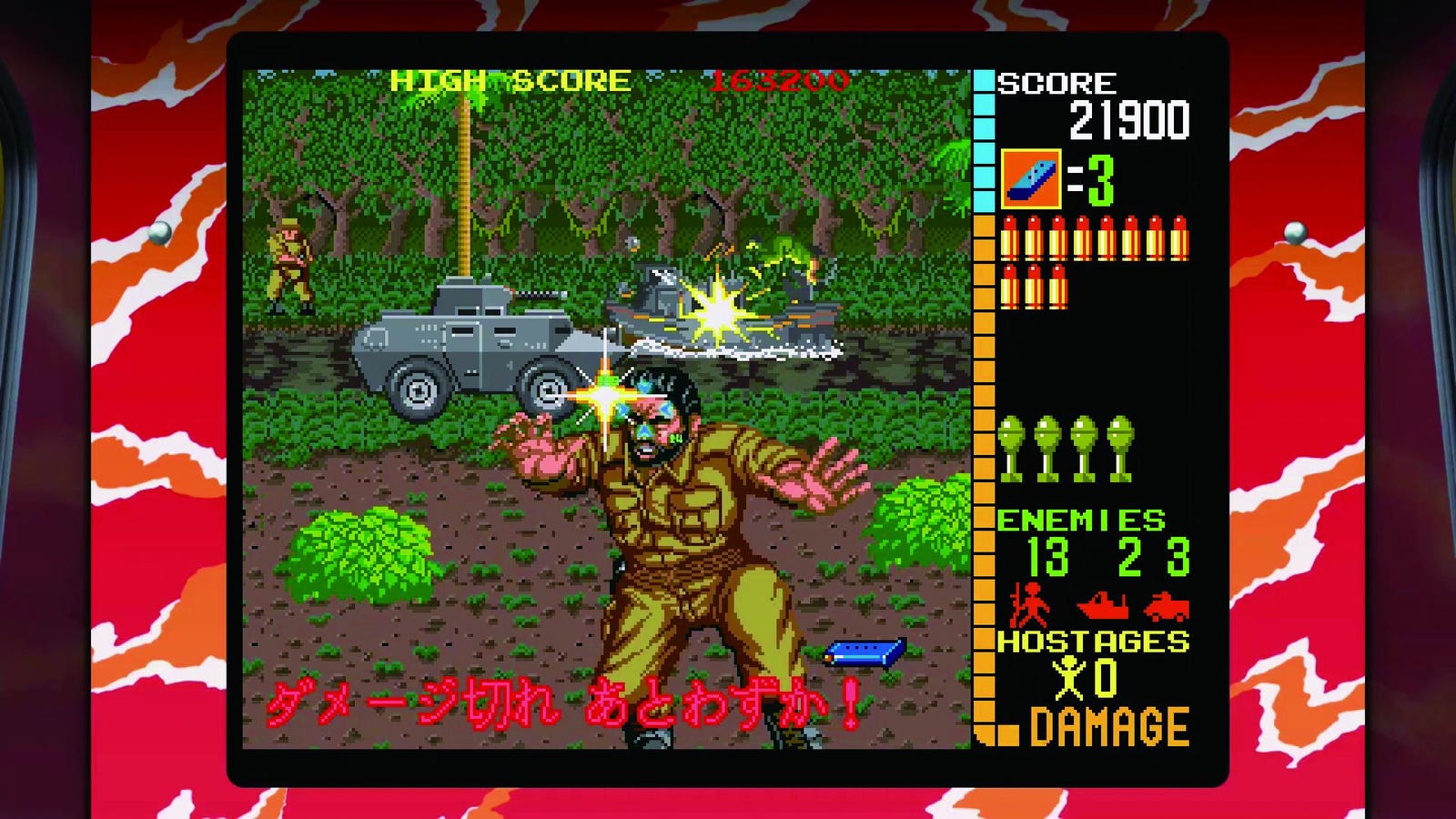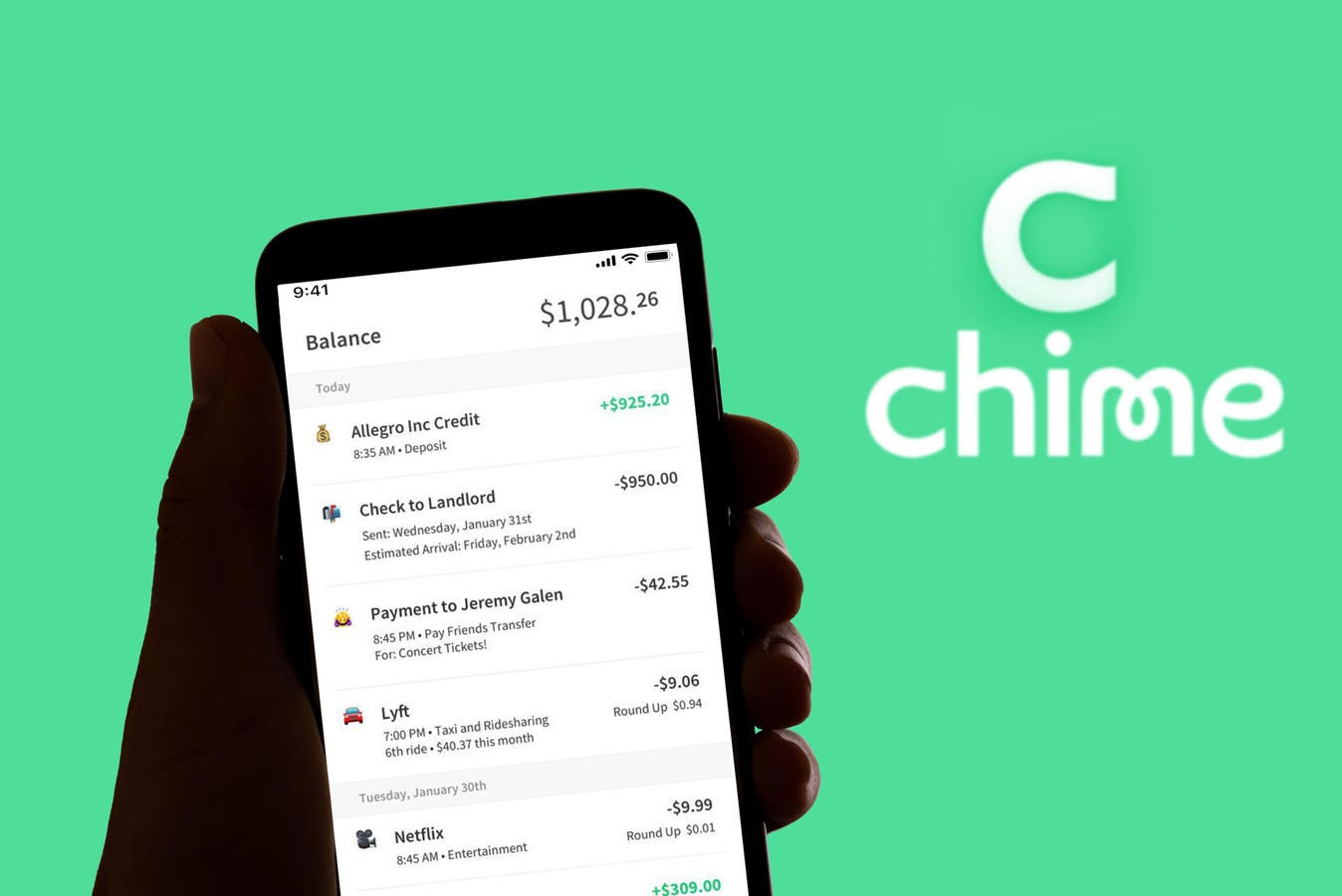Nov 2, 2019 Redwood City / CA / USA – Stanford Health Care facility; Stanford Health Care comprises … More
Researchers at Stanford are setting up a pilot project that uses the power of large language models to help clinicians handle patient information in new ways.
Basically speaking, clinicians can ask questions to a chatbot called ChatEHR and automate charting, as well as promoting enhanced diagnostics.
Some of what people like about the software is that it’s secure, direct and seamless.
Stanford chief data science officer Nigam Shah points out that for AI to be effective, it should be embedded in their workflows and have a high degree of accuracy.
“ChatEHR is secure; it’s pulling directly from relevant medical data; and it’s built into the electronic medical record system, making it easy and accurate for clinical use,” Shah said.
Why it Matters
Is this software valuable to clinicians?
You have to look at the current context, and what healthcare professionals need.
Too many clinicians spend a lot of their time dealing with chart notes.
Take this testimony from one frustrated medical worker posted on Reddit:
“Hello fellow docs – third year Family Medicine Resident here. Recently ramped up to 20 patients per day in clinic at my FQHC and I feel like I’m drowning in notes. I spent all of this weekend finishing notes. I know parts of the problem are: 1) using NextGen, 2) having to write extra to prove to attendings you can think.”
The poster talks about current methodology:
“I’ve started using the computer as much as possible in the room to get all the HPI down. I type out the whole plan before the patient leaves. I am having patients come back more instead of addressing a lot each visit. But I STILL am spending all my time doing notes it seems. This is not sustainable. I feel like I will never have a life. A scribe isn’t in my near future as usually attendings have to work a few years to get one.”
Then this person asks for help from the forum.
“Any tips? How do you guys feel about charting taking over your free time?”
These new technologies have enormous potential to help with exactly this kind of workload. And from reading this person’s feedback, the workload seems heavy indeed.
Feedback from Anurang Revri
At a recent IIA event, I sat in on a lecture with a panel, including Anurang Revri, Chief Enterprise Architect for Stanford Medicine.
Here are a couple of quotes that Revri brought up around the idea of automating tasks like this:
“We support research education as well as clinical care … so it’s an interesting sort of place to be, where we have this kind of amazing research that we can translate into clinical workflows or external vendors and solutions. So that’s sort of our focus, to implement the responsible AI life cycle.”
“When you start combining all those pieces of data and building models, multimodal models, around that, then it becomes a really powerful thing in clinical care.”
Use Cases for the Technology
It’s expected that the ChatEHR technology will lead to various types of advances in automated healthcare.
A resource from Nelson Advisors puts this into five categories, so I’ll outline them with bullet points:
Enhanced clinical decision support and diagnostics
- Proactive risk prediction
- Augmented diagnostic capabilities
- Evidence based treatment recommendations
Streamlined administrative and clinical workflows
- Automated documentation and note generation
- Optimized resource allocation
- Pre-visit data collection and intake
Enhanced patient engagement and personalized care
- 24/7 patient interaction and support
- Personalized health coaching and monitoring
- Culturally competent care
Global health applications and bridging access gaps
- Expanding access in low-resource settings.
- Multilingual support
Advanced data utilization and research
- Population health management
- Accelerated research and discovery
- Patient digital twins
Some of these are very interesting. Under decision support, you have advances in treatment. With administrative issues, you see how this works with the patient life cycle.
Under the fifth column of “advanced data utilization and research,” you have the idea of digital twins, in order to house a person’s health data in a certain digital entity – and I think that wearable devices will come in handy here.
All of it is likely to help us make medicine more effective, and do earlier interventions for patients.
And that’s a big deal. Look for this type of technology to blossom in the healthcare industry as a whole.









